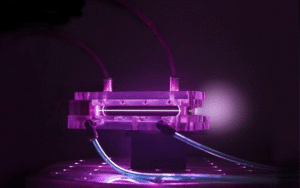Top 10 Most Expensive Lab Equipment in the World
The High Cost of Scientific Innovation
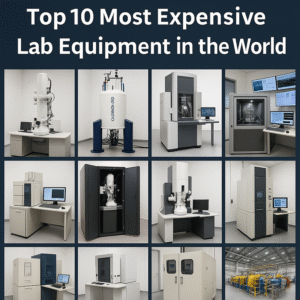
What Makes Laboratory Equipment So Expensive?
Advanced Materials and Precision Engineering
Specialized Technology and Calibration
Research-Specific Customization
Top 10 Most Expensive Lab Equipment in the World
1. Large Hadron Collider (LHC) – $9 Billion
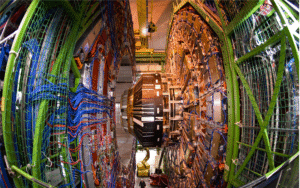
2. International Thermonuclear Experimental Reactor (ITER) – $25 Billion
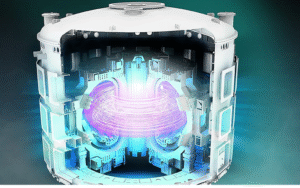
3. National Ignition Facility (NIF) – $3.5 Billion

4. James Webb Space Telescope (JWST) – $10 Billion
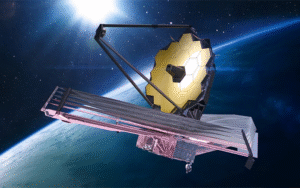
5. Synchrotron Light Source – $1 Billion
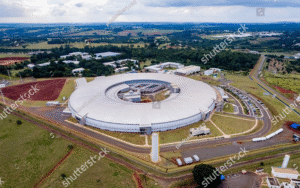
6. Supercomputer Labs (e.g., Fugaku, Summit) – $600 Million
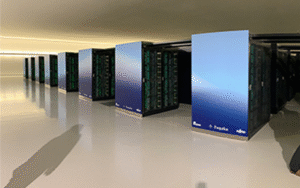
7. Electron Microscopes (Titan Krios) – $10 Million

8. Magnetic Resonance Imaging (7 Tesla MRI) – $7 Million
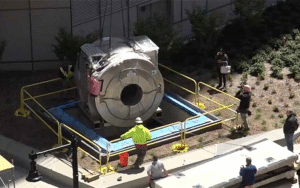
9. Cryo-Electron Microscopes – $5 Million
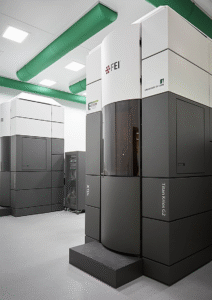
10. Particle Accelerators (Compact Models) – $3 Million
